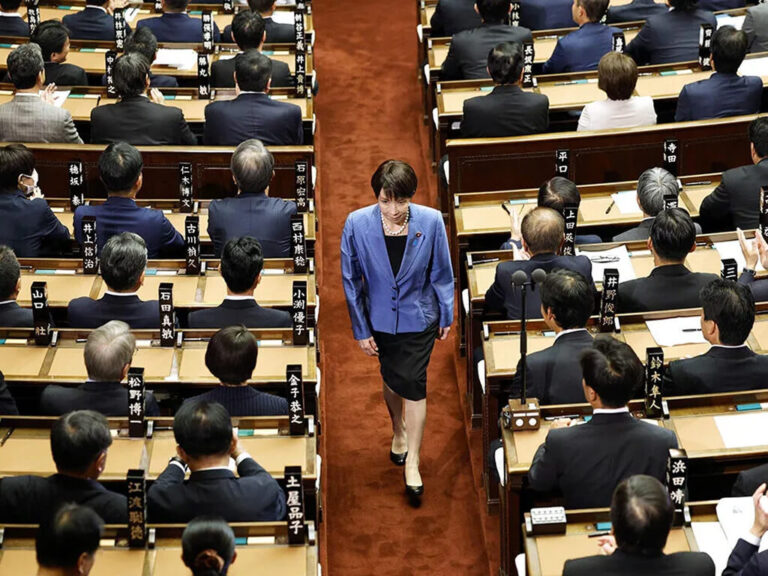India is overpopulated. More than 1.4 billion people, one out of every eight people in the world, live in this country. The figures included here are not precise because the government has not taken a census in the last 13 years. While these numbers and the position as the world’s most populous country make many Indians proud, they significantly impact their quality of life. Many people continue to have more and more children even though they don’t have the means to feed them, making India a tough place to live.
While this population size helps the economy in many ways, such as making India a big market with cheap labor and low production costs, it also has negative impacts. The lack of jobs and the decline in quality of life are starting to affect the population very deeply. Even though India had a GDP worth $3.94 trillion in 2024, the fifth biggest in the world, when it comes to GDP per capita, it is just $2,700, ranking 136th by the IMF. Despite India’s resources, overpopulation causes this difference. People can’t find jobs. Graduates do not have jobs or are forced to take any job to survive. This leads to people not valuing their lives or their surroundings, and the dream of escaping is prevalent.
India has become an emigration hotspot. While parents are ready to suffer to increase their caste or religion’s follower count by having more children, young people are not. They are leaving the country, and slowly, the mindset towards population control is changing in a favorable way. But Indian political parties do not seem very interested in addressing this issue.
According to an estimate published by the United Nations on Tuesday, India’s population growth will continue, and it will reach almost double China’s figure by 2100. Though the pace is slowing according to this projection, when we compare it to the current quality of life in India, we can expect it to be terrible. This will be a blow to Narendra Modi and Hindu nationalist dreams of making India a developed country by 2047.
In 2019, Indian Prime Minister Narendra Modi stated that a large population was obstructing India’s development and emphasized the need to consider if we can fulfill our children’s aspirations. He stressed the importance of having broader discussions and raising awareness about population explosion. Many leaders of the BJP, including Ashwani Dubey and Yogi Adityanath, echo these sentiments. They advocate for a two-child policy and propose that loan waivers and government support should be restricted to those adhering to this policy.
However, this has led to deep discontent among different communities, especially the Muslim population, who are more radical in India and believe that reducing the number of children or using any type of contraceptive will result in divine punishment. Additionally, Muslim women have a higher rate of illiteracy and unemployment compared to the general female population. So the fertility rate, number of children increased in this community. This situation has actually fueled a population conflict because many Hindu organizations believe that Muslims are aiming to Islamize India and argue that Hindus must have more children to counteract this, thereby making life miserable for the next generation.
Muslim-based political parties and caste-based political parties have always opposed the idea of a population control bill, arguing that it contradicts the Supreme Court’s ruling on forced population control and infringes on basic rights allowed by the Indian constitution. These community based political parties promote population growth because more people in their communities translates into more votes for their candidates, increasing their chances of winning elections. These political parties also gain more bargaining power in forming alliances when their communities have larger numbers in many constituencies, enabling them to mobilize more supporters for rallies.
The low-income individuals who follow their community leaders directions, despite having limited income, accept the duty of increasing their numbers while struggling to provide basic facilities or education for their children. This often leads to their children developing anti-social mindsets and gradually becoming involved in criminal activities for political parties. Such individuals, known as “Gundas”, become assets for political parties that use them to intimidate people and suppress opposition. Given these dynamics, why would Indian politicians support population control?
Many political experts believe that the lack of nationwide population policies and laws creates a significant disparity in population management at the federal level. We can observe a growing divide between the North and South in terms of population management. South India, which has better-controlled population growth and a comparatively better quality of life, has become a destination for people from overpopulated northern states like Uttar Pradesh, Bihar, and West Bengal. The education levels, quality of life, and population policies differ significantly between these regions, leading to major differences and conflicts among the people.
This regional disparity is seen as a significant threat to India as a federal republic in the future. It should prompt national-level parties to seriously consider adopting a comprehensive population control policy. Although it may be late, it is crucial for them to act now. The dream of a developed India, as envisioned by Modi, will never materialize without population control.








